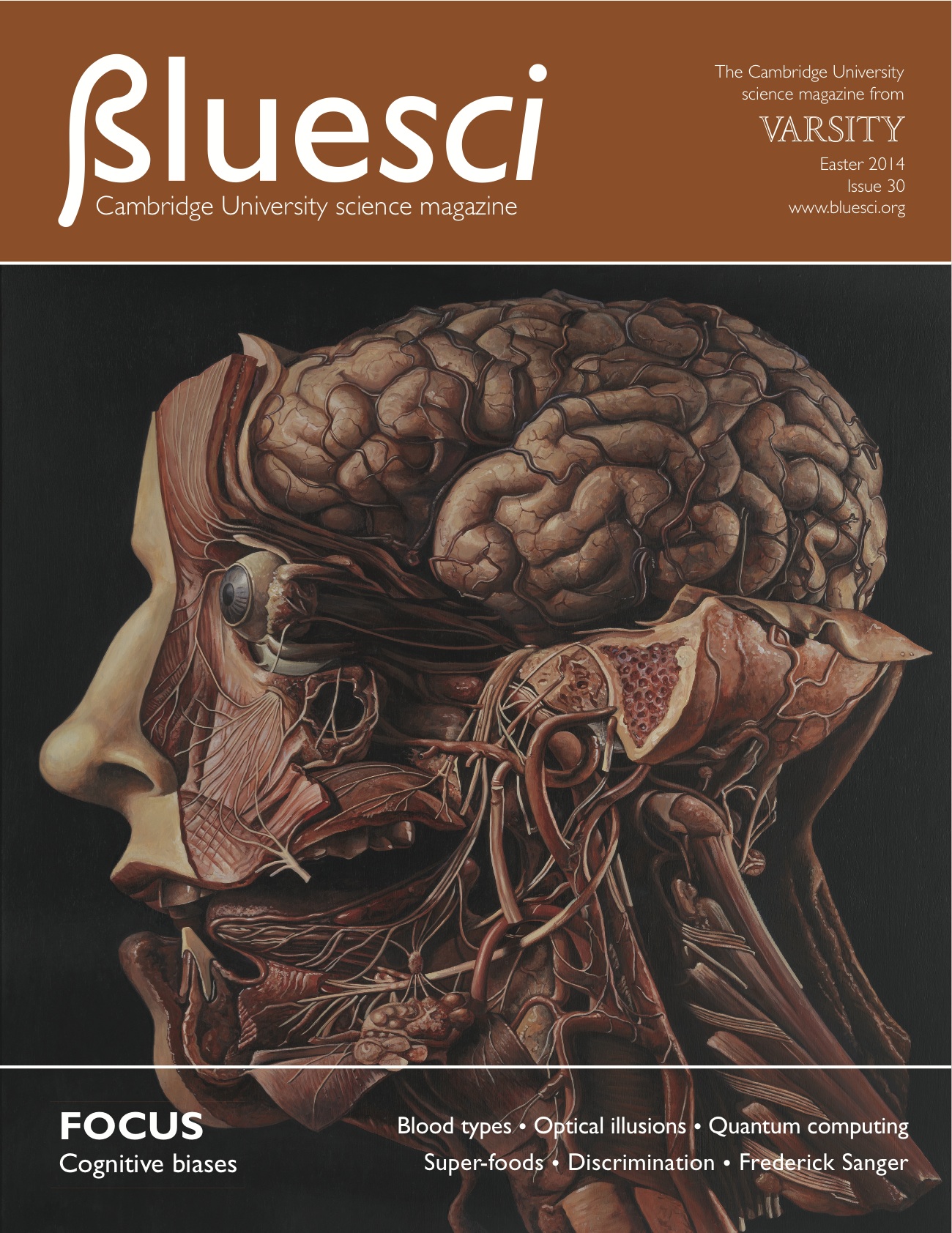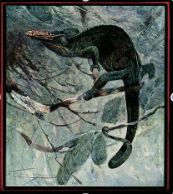TUESDAY, 13 MAY 2014
THE MEMBERS OF BLUESCI dedicate many hours to choosing interesting and appropriate pictures to complement the articles in the magazine. This process involves selecting pictures that primarily represent the author’s writing, but other factorsare also considered. The images must be at a high enough resolution (300 dots per inch (dpi)) so that they’re not pixelated upon printing, and must be changed into CMYK colour to ensure that the ink does not smudge on the glossy paper. But most importantly, all the images used in BlueSci are available under Creative Commons licences, either the Attribution (CC-BY) licence or the Attribution- NoDerivs (CC BY-ND) licence.
If you look carefully through the magazine, you will see that every image is accompanied by a vertical reference giving credit to the owner of the image–this is one of the rules of all the licences. The image can be shared (redistributed in any medium or format) and adapted (remixed, transformed, and built upon–CC-BY only) as long as the appropriate credit is given to the owner. The magazine is also required to provide a link to the licence (see the small print on page 2!).
BlueSci often relies on photographs taken by members of the public that are uploaded to Flickr under these licences, or those available on Wikimedia. However, several large institutions such as the Wellcome Trust, NASA and the British Library promote an open-access attitude to images. The latter of these uploaded over 1 million images to Flickr, including 65,000 books, diagrams and maps.
In January of this year, the Wellcome Trust Library made over 100,000 high resolution images from its vast archive freely available through the CC-BY licence. This enormous collection includes manuscripts, paintings, etchings, early photography and advertisements, all revealing the interesting and often macabre world of historical medicine and health-care.
The image on the cover of Issue 30 is one of these newly-released images. ‘In Memoriam’ is a relatively modern acrylic painting by Richard Ennis, a school Art teacher based in Sonning. It was painted in 2001 and hung in the school hallway, until it was purchased by the Wellcome Collection in 2013. The portrait was painted as a memorial to a friend of the artist, who died of skin cancer that affected the lip and face. Rather than painting a traditional memento mori (Latin for ‘remember that you will die’), Ennis consulted several pathologists about the complex layering of tissues in the face and visited the Museum of Zoology and Natural History, in Florence, which is famous for its collection of wax anatomical models. The result is the detailed acrylic painting showing how complex and beautiful the tissue interactions of the human body can be.
The rest of the collection encompasses the same desire to explore our own physiognomy, minds and culture through art and observation. From the oldest piece in the collection, an ancient Egyptian prescription written on papyrus, to satirical images by caricaturists like George Cruikshank, which mock the medical profession, to 20th century adverts for the kitchen cleaner ‘Vim Cleanser and Polisher’.
Without copy-right owners providing access- channels to these images, by releasing them under Creative Commons licences, not-for-profit organisations like BlueSci could not afford to include pictures in their publications. So the next time you take a picture and upload it to Flickr, remember to consider the licencing–release it to the world and your image could end up in a magazine just like BlueSci.
Sarah Smith is a 4th year PhD student at the Wellcome Trust Sanger Institute


